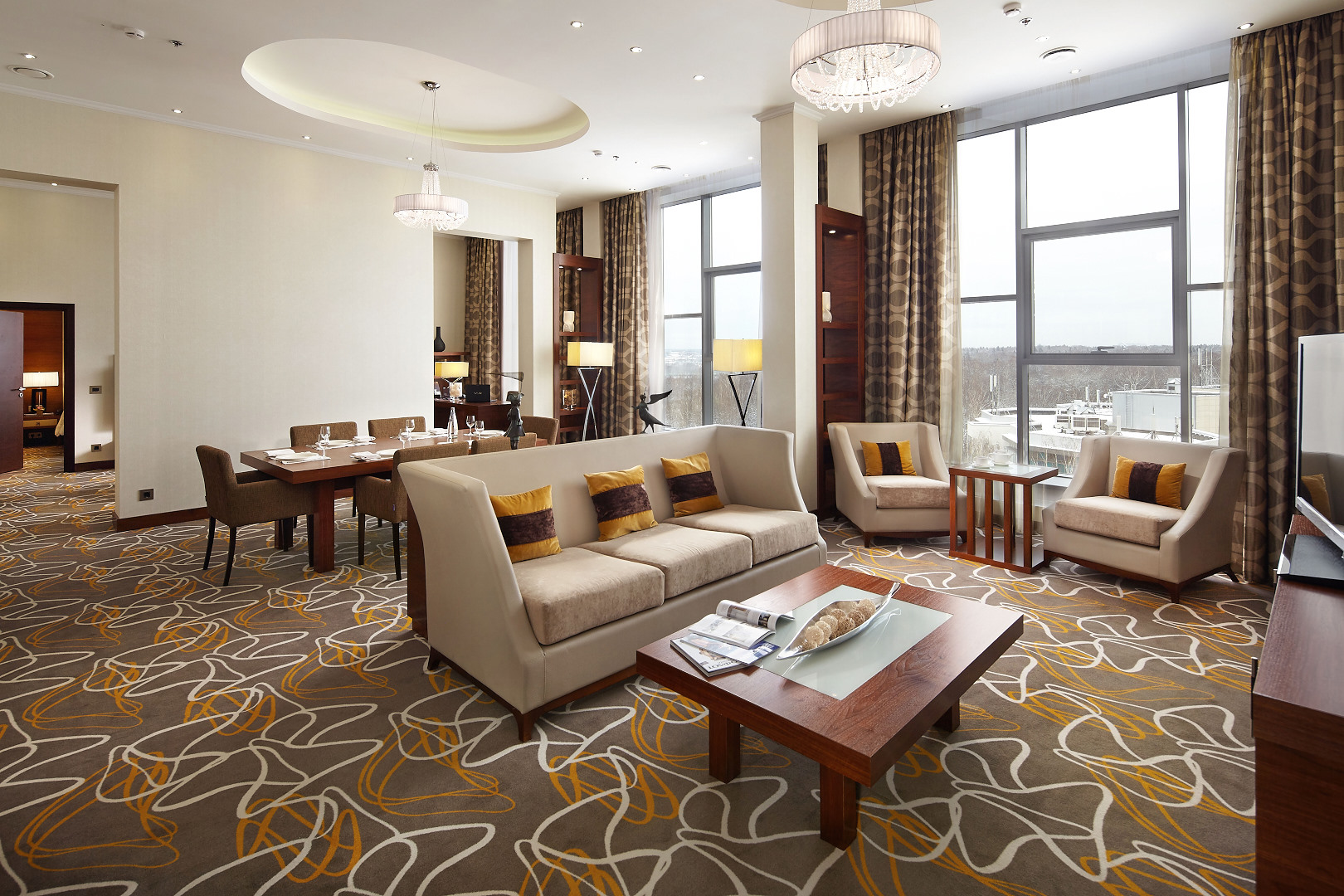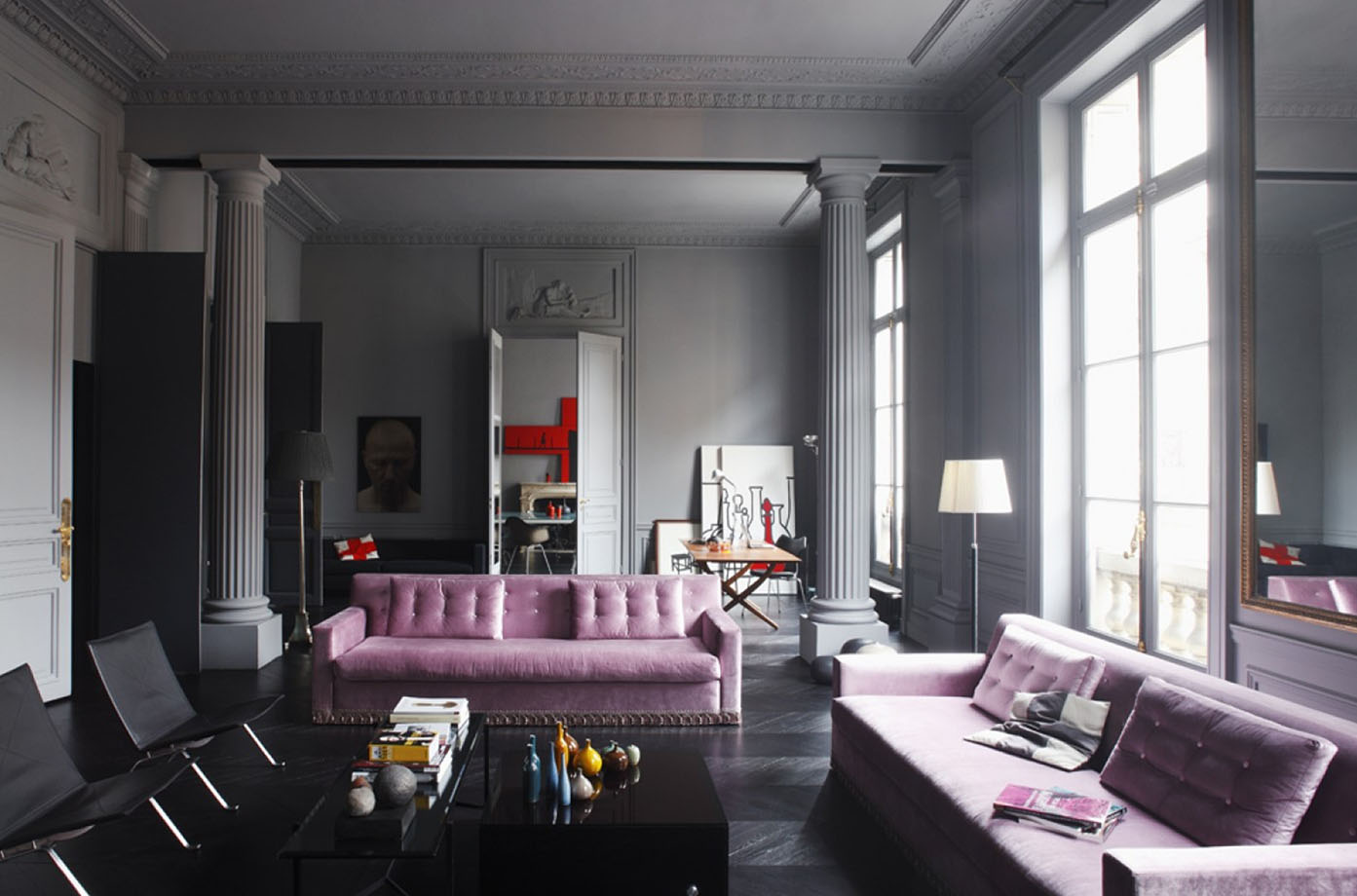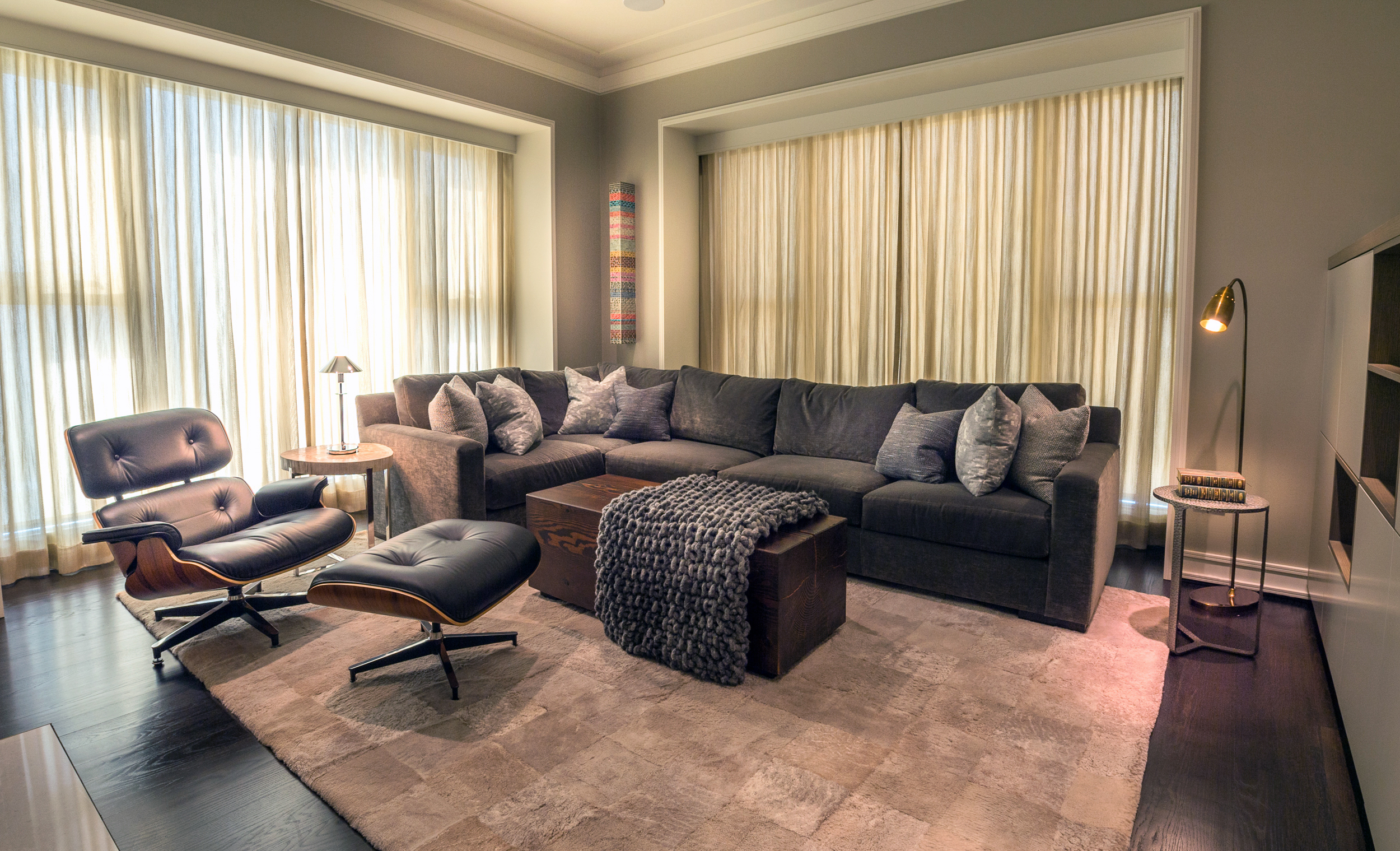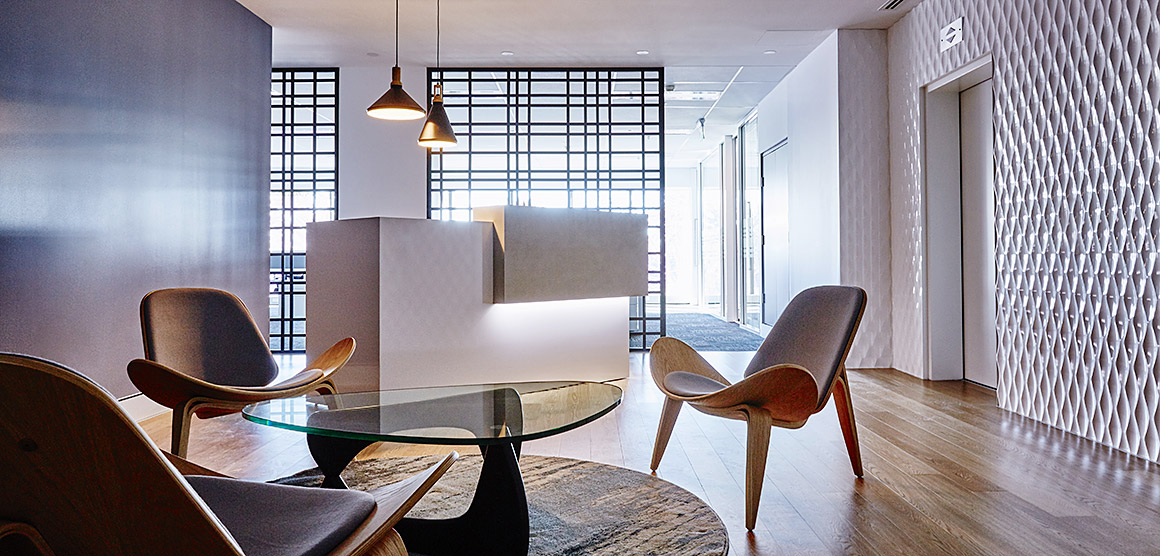Opportunity Waiting for Turkey E-Export
MORE.jpg)
10 Golden Rules of Indoor Photography
10 Golden Rules of Indoor Photography ankara dijital ajans,iç mekan fotoğrafçılığı,mimari fotoğrafçılık,eskisehir dijital ajans,fotoğraf ipuçları,
10 Golden Rules of Indoor Photography ankara dijital ajans,iç mekan fotoğrafçılığı,mimari fotoğrafçılık,eskisehir dijital ajans,fotoğraf ipuçları,
10 Golden Rules of Indoor Photography ankara dijital ajans,iç mekan fotoğrafçılığı,mimari fotoğrafçılık,eskisehir dijital ajans,fotoğraf ipuçları, 10 Golden Rules of Indoor Photography ankara dijital ajans,iç mekan fotoğrafçılığı,mimari fotoğrafçılık,eskisehir dijital ajans,fotoğraf ipuçları,With the strengthening of companies' presence on the Internet, the importance of interior photography has increased one step. Businesses such as architectural firms, real estate agents, restaurants, cafes and hotels to stand out; In addition to eye-catching designs, they have to give great importance to interior photography.
In this article, you can find the golden advice of the professionals about interior photography.
1. Stand in the Corners

Choose the corners as the location, but don't let your frame point towards the wall. Squeezing yourself into as many corners as you can will give you the widest perspective of the place and help you capture more of the subject. Some photographers even put their camera against the wall to capture the widest frame.
Don't forget to try every corner of the room to see how it works in different frames.
2. Catch the Right Light
Light is so important in interior photography that it can be considered a specialty in its own right. To get the right exposure, you need to balance the overly bright and dark areas.
The light coming from outside to your room; You can support it with the light from chandeliers, ceiling lights and fireplaces. You can catch the right pose by playing with different light combinations for each area.
Also, as a general rule, if you want to use soft lighting, you can take the photo in the 'golden hour'. In the early morning and late afternoon when the sun is not high, the light from outside will be soft and cast no shadows.
3. Edit Area Before Shooting

Don't start your shoot at random. Plan your photo first. For this, arrange the objects in the room to suit your photo. Take a tour of the room and feel the photo you're about to take.
4. Choose Your Equipment Carefully
You definitely need a wide-angle lens for indoor photography. For best results, you should buy lenses made for the job. Lenses between 16mm-24mm allow you to fully frame the room.
Besides, you can use a standard lens to support the photo with the details you want to capture. For very small details, it is useful to have a macro lens.
5. Pay Attention to Lines
To create a perspective that looks good to the eye, you need to pay attention to the parallelism of the lines in your composition. Elements with geometric shapes such as ceiling lines, corners of bookcases and cabinets, tables should create order in the photo. In order to achieve this, you need to pay attention to the angles of the objects, as the angle of view of your camera is important.
6. Don't Trust Your Hands

All professional indoor photographers are well aware that no one has such steady hands as a tripod. The secret to a clear, clean and professional looking photo is a tripod.
The tripod not only prevents blur in the photo, but also allows you to combine the photos you will take at the aperture value you will change.
7. Use the Diaphragm
Depth of field is key to indoor photography. If there are details you don't want in the background of our shot, you can easily blur it with a little f-stop play. Alternatively, if you're shooting a large, large area, you can use a small aperture, i.e. a large f-stop, to set every part of the scene to be sharp.
8. Set Height Correctly

The height of your camera will also change depending on the subject you are shooting. Some rooms look beautiful from the top, some are waist level, and some should be pulled off the ground.
When playing with height, make sure the perspective doesn't distort your photo.
9. Be Free in Post Production
Post production plays an important role in indoor photography.
Do not be under the illusion that the photo you take will be the final version directly. Post production processes such as lens angle corrections, colorings, manipulations and correcting strange lights are also part of photography.
For more freedom in post production, don't forget to take your photo in raw format.
10. Be Creative
The growing interest in interior photography is bringing with it a resurgence of creativity. Do not ignore the artistic elements when using technique. Try different angles, different techniques, different tricks.
CONTACT US NOW



